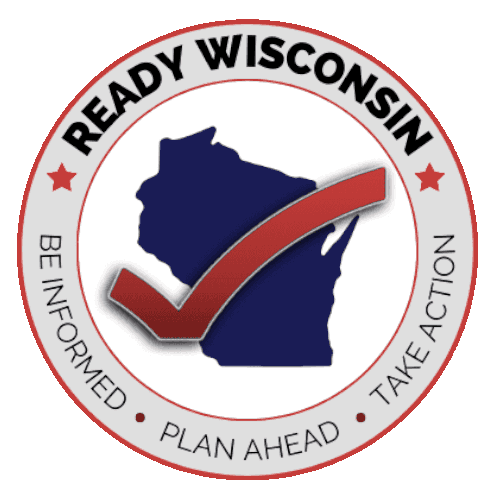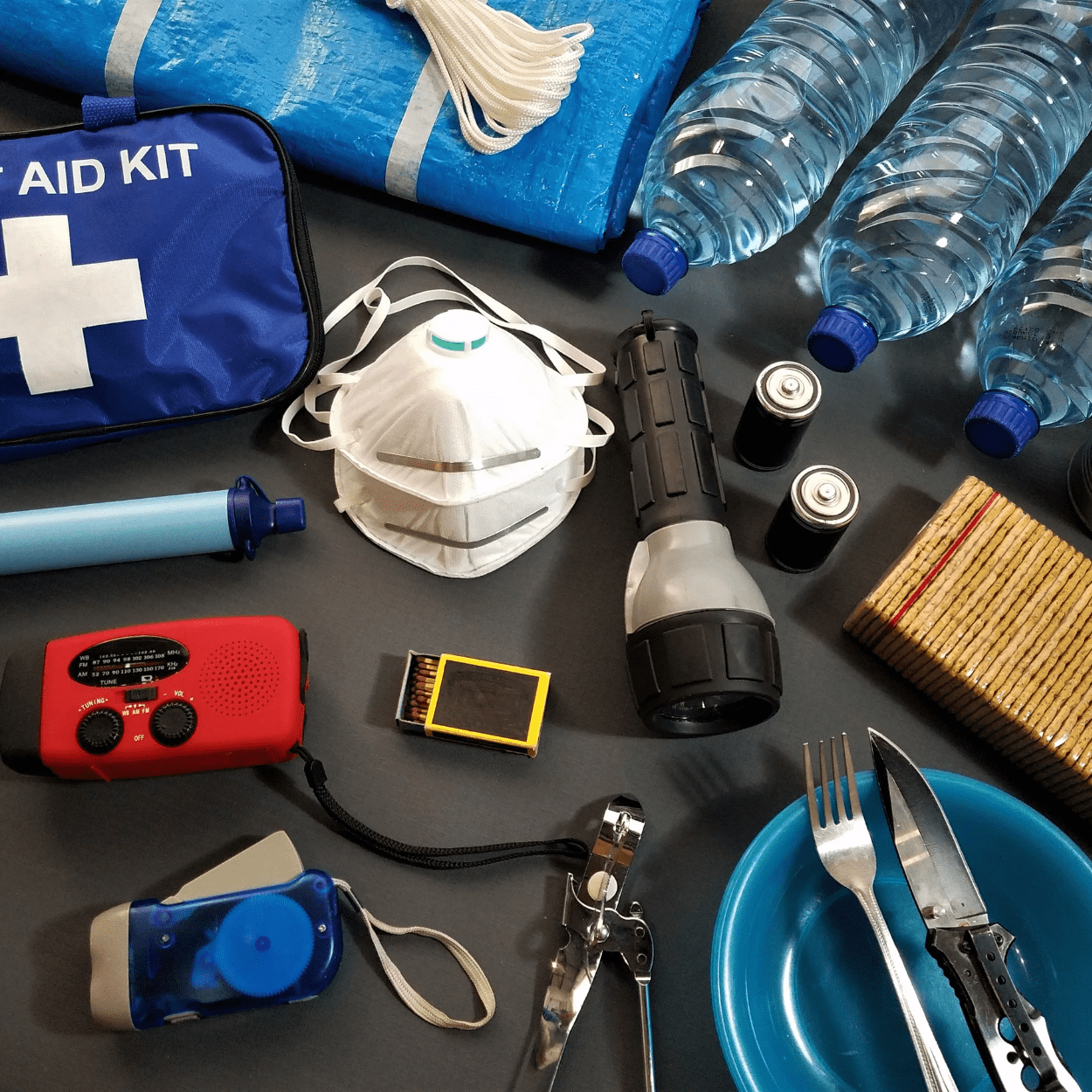While local officials and relief workers will be on the scene after a disaster, it may not be possible for them to reach everyone right away. It could take hours, or even days, for assistance to reach you. Basic services such as electricity, water, and communication may be cut off for days, weeks, or longer. It is possible you may need to leave at a moment’s notice.
Being prepared means having your own food, water, and other supplies to last several days. An emergency kit should contain basic items your household needs in the event of an emergency. Being able to take essential items with you quickly is important since you may not have the opportunity to shop or search for supplies.





